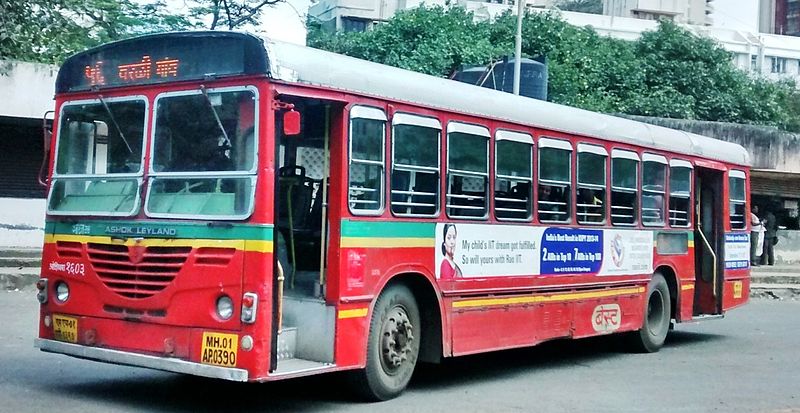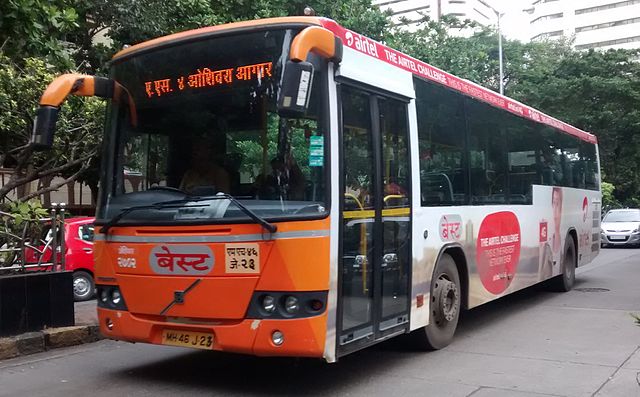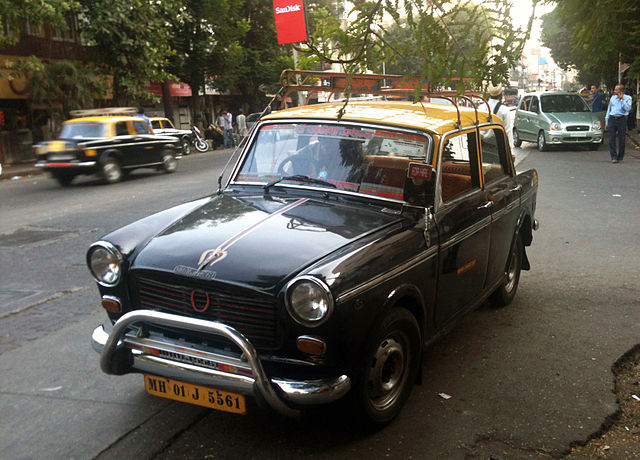Mumbai. Bombay. Bambai. The City that Never Sleeps. Maximum City. Or, as I like to call it, BEST City.
The city of Mumbai, along with its satellite townships of Thane, Navi Mumbai, Mira-Bhayander, Vasai-Virar, and Kalyan-Dombivali forms the Mumbai Metropolitan Region, which is India’s second largest urban agglomeration and largest conurbation in a single state in the country. Other major Metropolitan regions in the country include the Tricity area of the Union Territory of Chandigarh, Mohali in Punjab and Panchkula in Haryana, and the National Capital Region consisting of the National Capital Territory of Delhi, Gurgaon, Faridabad, NOIDA, Ghaziabad, etc. Neither of these two is in a single state unlike the MMR.
However, what makes the MMR unique is the variety that is present across one single state. Maharashtra, being the state with the most decentralised administration, doesn’t control the MMR as much as the local Municipal bodies do. Each Municipal Body controls Transport in its jurisdiction, along with other factors such as water supply, electricity supply etc.
So what maketh Mumbai #MadeOfGreat ???
Roads. Rail. Buses. Beaches. Add to it, we have India’s first open-to-sea Cable-stayed bridge and also are the proud starting point of India’s first Expressway.
So, now, let us go into the nitty-gritties of what makes Mumbai the most amazing city.
Drive

Mumbai offers some amazing roads for you to take out your Tata, Toyota, Maruti, and Mercedes. You have the Western Express Highway, Eastern Express Highway, Sion Panvel Highway for your car to stretch its tyres. If you want the scenic route, you have Marine Drive, the Worli Seaface, Bandra Worli Sea Link, Eastern Freeway, Palm Beach Marg, and more. Of course, you do have the Toll Plazas, but if you have a FASTag, you can zip thru with ease. If this wasn’t enough, the city is the only one in India to feature a Road tunnel WITHIN the city! Mumbai also happens to be the city with maximum disciplined traffic. You’ll see people drive neatly in lanes, and give preference to pedestrians. The city also has long Skywalks, mostly connecting Railway stations to other areas, allowing Pedestrians to walk without having to put up with traffic.
DESIGN
Mumbai is probably India’s ONLY Linear city. The core city is divided into two parts, the Island City also known as Town, and the Suburbs, known as Greater Mumbai. Autos are prohibited in Town, which also houses some of Mumbai’s longest flyovers. Dr. Ambedkar Marg, the southern extension of the Eastern Express Highway features the 2.9km Lalbaugh flyover at Parel, which was built higher than most flyovers to allow the procession of the Lalbughcha Raja during Ganesh Chaturthi. The 2.4km long JJ Road flyover at Byculla was among the first in the country to use Noise barriers. The suburbs have the two main highways, along with SV Road, LBS Marg and numerous link roads such as the Jogeshwari Vikhroli Link Road, and the Santacruz Chembur Link Road, which features the city’s first Double Decker flyover.
Navi Mumbai, India’s most amazing planned city was built in the 1970s by the City and Industrial Development Corporation [CIDCO] to decongest Mumbai. It is a planned city, stretching from Airoli in the North to Panvel in the south. It was planned and designed by Charles Correa, and features some amazing railway stations. Vashi station has an IT Park above the tracks, CBD Belapur station has a helipad atop it, and Turbhe Railway station was designed by Hafeez Contractor.
Flyovers in Mumbai feature public paid parking lots below them, or house Traffic Police Stations. The Khodadad Circle flyover, at Dadar Tram Terminus houses a Bus terminus under it. MSRTC’s conductorless Shivneri buses to Pune leave from here.
Transport aside, Mumbai features a lot of amenities and interesting facilities for the humans residing there. It houses two cricket stadiums, Wankhede and Brabourne, a football stadium at Cooperage for all the future Messi’s, and a large Indoor stadium at the National Sports Club of India [NSCI]. It features numerous cultural establishments such as the Chhatrapati Shivaji Vastu Sangrahalay, Bhau Da Ji Lad Museum, Jehangir Art Gallery and National Centre for Performing Arts.
CONNECT
Mumbai is home to India’s densest railway network. Comprising 465km of suburban lines, it is spread out across 6 lines. The city has India’s oldest railway network, and the maximum number of Terminus Railway stations. 2342 daily services from 4am to 1am carry approximately 7.5million passengers in a Day! Each train consists of Second Class, First Class, Women’s Second and First class coaches. Mumbai has a combination of trains, some with 9 coaches, some with 12 and some with 15! Air conditioned coaches will be inducted by 2016. Mumbai is the head of two railway zones, Western and Central and houses India’s most magnificent railway terminus, the Chhatrapati Shivaji Terminus, which is a UNESCO World Heritage structure. It is also the only city that has two Rajdhani Expresses connecting it to Delhi.

Mumbai has India’s oldest Public Transport system, in the form of BEST, which has been operational since 1873. It is right to say that Mumbai had Public Transport when the rest of India did not know what Transport meant. The BEST provides buses that connect to all other parts of the city and most of the metropolis. BEST is today, the only Transco apart from the Kerala State Road Transport Corporation that operates Double Decker buses, and makes use of the Bell Pull on all its non AC fleet. BEST is also the only transco to feature a single-door Volvo B7RLE.

Mumbai also has India’s oldest airport at Juhu as well as the second largest airport in the country, that also has the current tallest Air Traffic Control tower. Again, the city had air transport when the rest of India wanted to know how planes fly. It was from here that JRD Tata first flew in 1932, four years after it opened.

India’s first expressway connecting Mumbai and Pune starts from Panvel, while the Eastern Freeway, and Sion Panvel Expressway offer great drives and greater escape routes in the city.
Tata Motors has signed up Lionel Messi as its brand ambassador and I think that is a great move!
![]()








